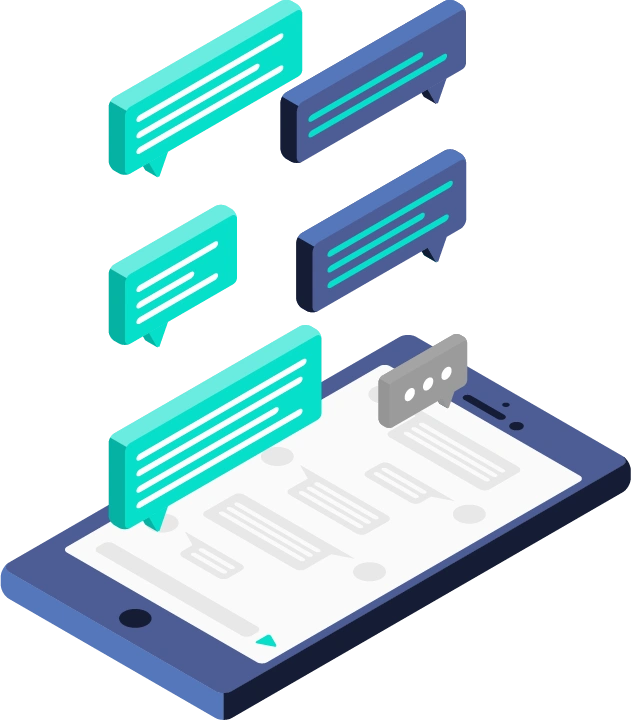Table of Content
Share This Article
- Reading Time: 5 Minutes
- Published: February 2, 2021
- Last Updated: February 11, 2025
Managing a restaurant business might look glamourous to an outsider, the reality is far from this assumption. The profit margins have dropped significantly overpass a few decades. It contributes to the fact that few restaurants closed down within a few months and some survive for a year or two, interestingly newer restaurants open at a similar rate. There is an ideal average profit margin that is fit for all, but it is essential to earn enough to pay for all fixed and operating costs. It is vital to understand all factor that affects your profit margins and monitor each of these elements closely, and your restaurant accountant will be of great help in this process.
As an outsourced restaurant accounting service provider, we have compiled this article to help you understand in detail what is profit margin and how you can improve that.
What is Profit Margin?
We talk about increasing profit margin, but what is the profit margin in the first place? Profit margin is the measure of your restaurant’s profit in relation to its revenue. There are two types of profit margins – Gross Profit and Net Profit; you must be able to distinguish between these two.
Gross Profit
This number shows you if your menu items are priced high enough to cover the food and drinks cost, but it does not account for other expenses.
Gross Profit = Gross Revenue – Cost Of Goods Sold (COGS)
Gross Revenue = Food Sale + Beverages Sales + Merchandise Sales
Cost Of Goods Sold = Beginning Inventory + Purchased Inventory – Ending Inventory
It is a simple way to determine the efficiency of your restaurant before factoring in other costs. This number is essential to measure your restaurant’s overall operational efficiency, but it does not consider all the costs of running your restaurant.
Net Profit
This number reflects your restaurant’s total money after factoring in all costs, basically tells you how much your business earned over a period.
Net Profit = Gross Profit – All other Expenses
Expenses include, but are not limited to – payroll, utility bills, rents, advertising, and anything else you might pay for to run your business. Calculating net profit will show you how much money your business earned over a period.
Finally, let us understand how profit margin is calculated with the help of the following formula –
Profit Margin = Net Profit / Gross Revenue X 100
Increasing Restaurant Profit Margins
Three major expenses favorably impact restaurant profit margin: Cost of Goods Sold, Labour Cost, and Overhead Cost. If you plan to increase your profit margin, you have two focus on cost-cutting and Increasing Sales Volume. You can perform either of the two tasks or both in one go depending on your resources.
Cost Cutting
- Analyse food cost: Analyse your food cost in detail and see if there is scope for reducing the cost incurred in making each menu item without sacrificing in the quality of food. To do so, you can start by analysing your vendor contract regularly, reduce food waste as much as possible, and accurate inventory management. The use of local ingredients also helps in cutting costs on expensive import produce as well as shipping cost.
- Revise menu item: When you analyse the menu price, you might come across items with a low sale and low-profit margin, you can scrap these items from your menu.
- Enhance employee scheduling: An accurate employee scheduling will help cut labour costs; you can do so by understanding the trends and forecasting footfall for a particular time of the day. Scheduling too many front house labours during slow business hours will only cost you a high labour cost.
- Reduce Staff Turnover: Reduce staff turnover as much as possible as high staff turnover cost you not just recruitment and training cost but also hampers your workflow.
- Reduce Utility Bill: Reducing utility bill expenses is possible! Purchase energy-efficient appliances, frequently check on refrigerator temperature and minimise appliances that are not needed at a particular period.
Increase Sales
- Revise menu price: We have already talked about this earlier in the segment for cutting cost but revise menu price to increase sales. You don’t just need to scrap low sale and low-profit margin item, but you should also raise the price for food items that have lower food costs than the average food cost.
- Revise Menu Layout: Menu psychology is a legit thing, and it is applied in menu engineering to help restaurants sell more of your high-profit margin dishes. You can use your restaurant POS system to understand which menu item sells the most and the least while understanding which item has the highest and lowest profit. Once you know this, your agenda should create a menu design that draws attention to high profit and high sale menu items.
- Seating Plan: Analyse your existing seating plan and see if you can add more seating, especially if you find yourself fully booked frequently. You must consider few factors before adding extra seating or changing the seating plan to fit more seats: customers comfort level, restaurant type, and revenue per square meter (RevPAM).
- Improve your table turnover: Higher table turnover means you can serve more customers. High table turnover means providing faster service helping in freeing up table space for the new customer. This does not mean you will be rushing your customer to free up the table. It is slightly tricky, but improving your table turnover will significantly help you serve a greater number of customers.
- Retaining Existing Customer: Add loyalty programs to encourage the customer to visit you, after all, retaining an existing customer costs a lot less than attracting a new customer. To help enhance your customer’s experience and improving your bottom line, you can offer online delivery, takeaways, drive-thru, and curbside pickup.
- Upselling: It is an effective method, especially if your servers are well trained.
A lot of the above activity can be efficiently conducted with a sound POS system and Accounting Software, which can integrate with ease. Nowadays, the POS system is well equipped with Kitchen Facing Display and Customer Facing Display, making order input easy. Not only these, but there are additional features like menu management, seating plans, inventory management, ingredient & recipe management, staff management, reservation input, and even integrations for payment, e-commerce, and so on. The invoice can be sent to the customer via text or email, and the same invoice is recorded in the accounting software with manual input.
It is not necessary that you see change on day one, you must understand that all the task above is an ongoing process. You have to check what works for you and what does not continually. Your profit margin could be dipping because of many reasons. If there has been no improvement even after your constant efforts, it is high time to examine your bookkeeping records to check for any discrepancies. If you are also facing a similar issue, you can contact our expert restaurant accountant for guidance.

Get customized plan that supports your growth

Thousands of business owners trust Whiz to manage their account
Let us take care of your books and make this financial year a good one.








